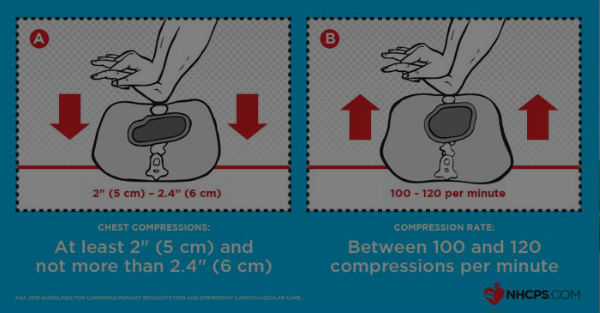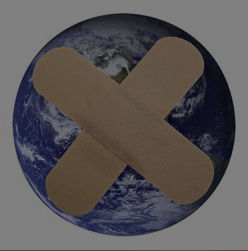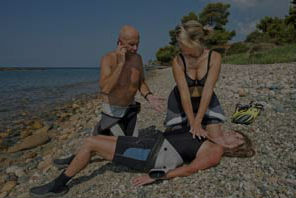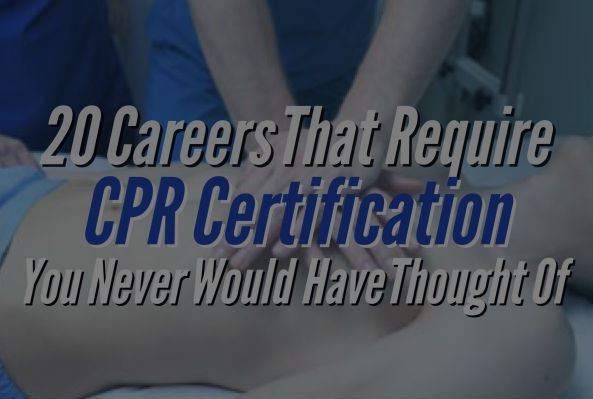Your cart is currently empty!

The AHA has released the 2015 guidelines for Cardiopulmonary Resuscitation and Emergency Cardiovascular Care, published in the journal Circulation. The guidelines expand on many of the recommendations made in 2010, with a focus on high quality chest compressions as the intervention most likely to improve resuscitation outcomes. Read more

It was just another day in PE class at The Buckingham School in Buckingham, Bucks UK when during the usual rugby match Will Edgar-Gibson collapsed on the field. Without hesitation, Will’s friends Matt Grenham (@potatocalypse) and Chris Collins rushed to their fallen comrades aid… Read more

Weve heard them all, and maybe have even tried a few in the past! The common understanding of protocols for several emergency situations is skewed. The reality: too many people are not CPR, AED & First Aid Certified, and they simply have to trust in these unproven and likely ineffective remedies. I mean really, would… Read more

Lets travel back in time, 150 years ago, to a battle in northern Italy.Businessman, Henry Dunant, was witness to extreme anguish and suffering among casualties of the battle of Solferino. In the mid-1800s, first aid certification didnt exist. Dunant felt compelled to care for the wounded, especially women and children, taking them to temporary hospitals… Read more

Bystander CPR has been linked to a 30 percent decrease in risk of nursing home admission and brain damage in survivors of cardiac arrest outside of the hospital, a new study found. Dr. Kristan Kragholm, a student in the Department of Anesthesiology in Aalborg University, was a part of the research team who studied the… Read more

The number of people who die each year from Sudden Cardiac Arrest (SCA) is roughly equivalent to the number who die from assault with firearms, breast cancer, cervical cancer, colorectal cancer, diabetes, HIV, house fires, motor vehicle accidents, prostate cancer and suicides combined. (source: Sudden Cardiac Arrest Foundation) Read more

Essentially, CPR is a combination of chest compressions and rescue breaths (mouth-to-mouth resuscitation), which are intentionally timed in a manner to restore circulation of oxygenated blood to the brain and vital organs of a victim who is not breathing or has poor blood circulation. This prevents brain damage and unnecessary death, and gives the victim… Read more

In the office or workplace, you might feel compelled to get involved with the health of your coworkers or staff. One way to get involved is by planning a health-centered program. In honor of the upcoming first week of June, which is CPR and AED Awareness Week, why not try and plan a workplace-wide CPR… Read more

Cardiopulmonary resuscitation, or CPR, has its origins in the 1700’swhen mouth to mouth resuscitation was recommended to revive drowningvictims. The first human life saved with chest compressions wasdocumented in 1903. In the years that followed, researchers andscientists have continued to improve the techniques to make CPR moreeffective in life-saving and easier for people to perform. Read more
Online medical certification courses are all different, so choosing one that adheres to the latest AHA guidelines is crucial. Before discussing ways to prepare yourself prior to commitment, be sure your course is divided in organized sections. Online CPR courses that adhere to the 2010 American Heart Association standards and guidelines are typically laid out… Read more